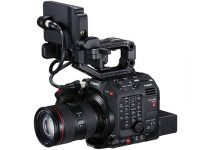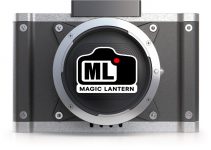Editing is a long, laborious process that teeters on the fine edge of an artistic endeavor and a secretarial function with the ultimate goal of disguised everything you’ve done. As a professional editor, you’re always searching for ways to save time on organizing so you can spend more time being creative. Sadly, that creativity will usually fly over the heads of your audience and nobody will ever know what you did, and that is a good thing.
Seasoned video editor Kyler Holland was kind enough to put together this video highlighting his method of trimming down footage in Adobe Premiere quickly and easily using nothing but default shortcut keys on the keyboard rather than working out of the bin, clicking on clip after clip, setting an in and out point, and inserting it into his editing timeline.
Professional editing is all about knowing the short cut keys on the keyboard. As you develop your skills as an editor, you’ll even want to remap the default keyboard to quickly access the functions you use most.
For this tutorial, we’ll be using the following default Premiere shortcuts:
Q – Ripple Trim Playhead to Previous Edit
W – Ripple Trim Playhead to Next Edit
J – Play Reverse
K – Pause
L – Play Forward
Shift Delete – Delete Selected Clip
Control K – Insert Edit on Timeline
The essential idea of Kyler’s method is to create a selects timeline rather than work directly from a bin. Using the shortcut keys he is quickly scanning though his footage and eliminating the content at the beginning (by pressing Q on the keyboard) and the end (by pressing W on the keyboard) of the clip that isn’t useable or doesn’t catch his eye.
Through this organizational process he is saving himself countless hours repeatedly scanning back through footage while he hunts for the perfect shot to forward the narrative of his story.
Taking this concept one step further, an editor could create additional selects timelines, grouping together similar shots to create a catalog by subject so they are able to effortlessly track down the best footage during the assembly process of their edit. For whatever reason, in the professional editing world we call these SHOT BUCKETS.
Having this level of organization prior to a direct editing session with clients saves a tremendous amount of time and really makes you look like a super-prepared rockstar. You’re then able to give provide multiple options rather than fumbling around through raw footage or digging through footage markers and notes.
In my experience, I will say there is one minor flaw with this method as it comes to working with multiple editors on a larger project. This is allowing you to cut down the clips that you like best, but not identifying to other editors what hasn’t been selected.
It would be better while working in a group to create a raw media timeline, insert edits in your footage, and elevate your selects to V2 rather than deleting what you do not want. This will identify to other editors what you’ve chosen (and what’s left) before you create a selects bucket.
Nevertheless, Kyler is absolutely correct that shortcuts save time and are crucial work quickly working through your footage to find the absolute best parts of a clip.
What methods do you use to organize your raw footage? I’ve been editing professionally for 20 years and I learn something new every day – nothing is set in stone.
[source: Kyler Holland]
Disclaimer: As an Amazon Associate partner and participant in B&H and Adorama Affiliate programmes, we earn a small comission from each purchase made through the affiliate links listed above at no additional cost to you.



